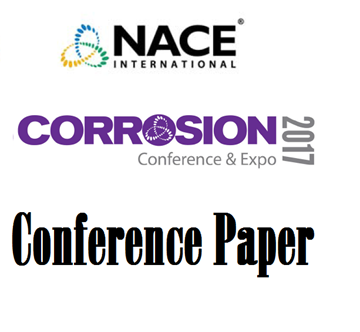Search
06552 UPGRADING THE ASME B31.3 PIPE CODE TO DEAL WITH FRP PIPE
Also Purchased
08516 Replacing Corroded and Failed Metallic Pipe with Corrosion Resistant FRP Pipe, Design and Installation Requirements and a Case History
Product Number:
51300-08516-SG
ISBN:
08516 2008 CP
Publication Date:
2008
$20.00
Custom Fiberglass Reinforced Plastic Piping (FRP) Proof of Design Testing
Product Number:
51317--9447-SG
ISBN:
9447 2017 CP
Publication Date:
2017
$20.00
06544 FRP CORROSION LINER FOR THERMAL CYCLING APPLICATION
Product Number:
51300-06544-SG
ISBN:
06544 2006 CP
$20.00
Recently viewed




